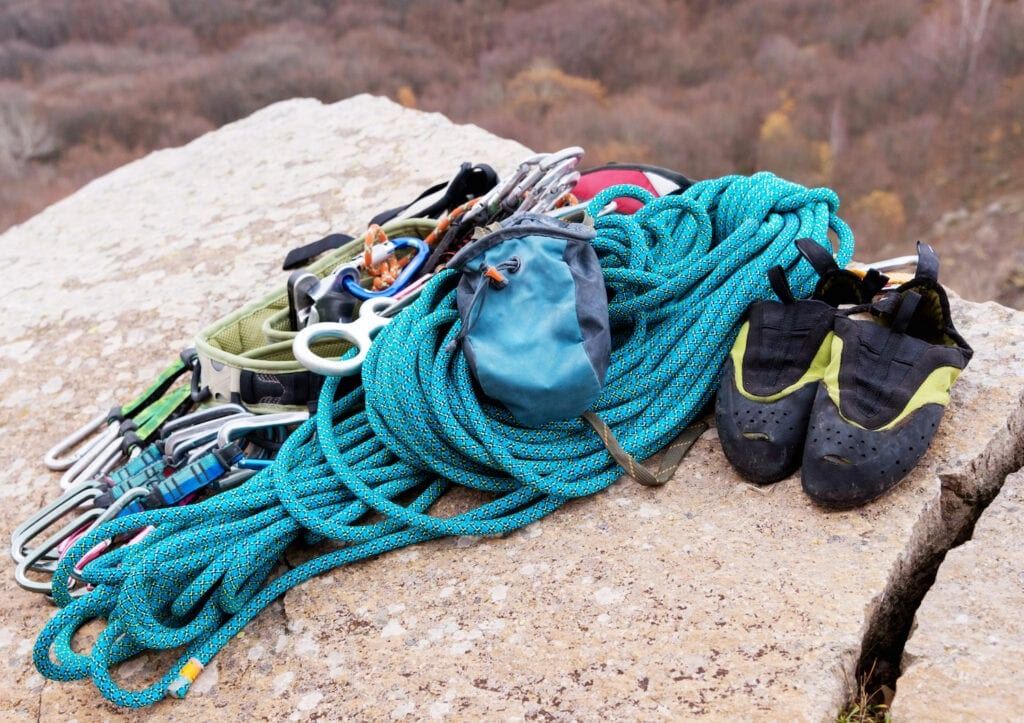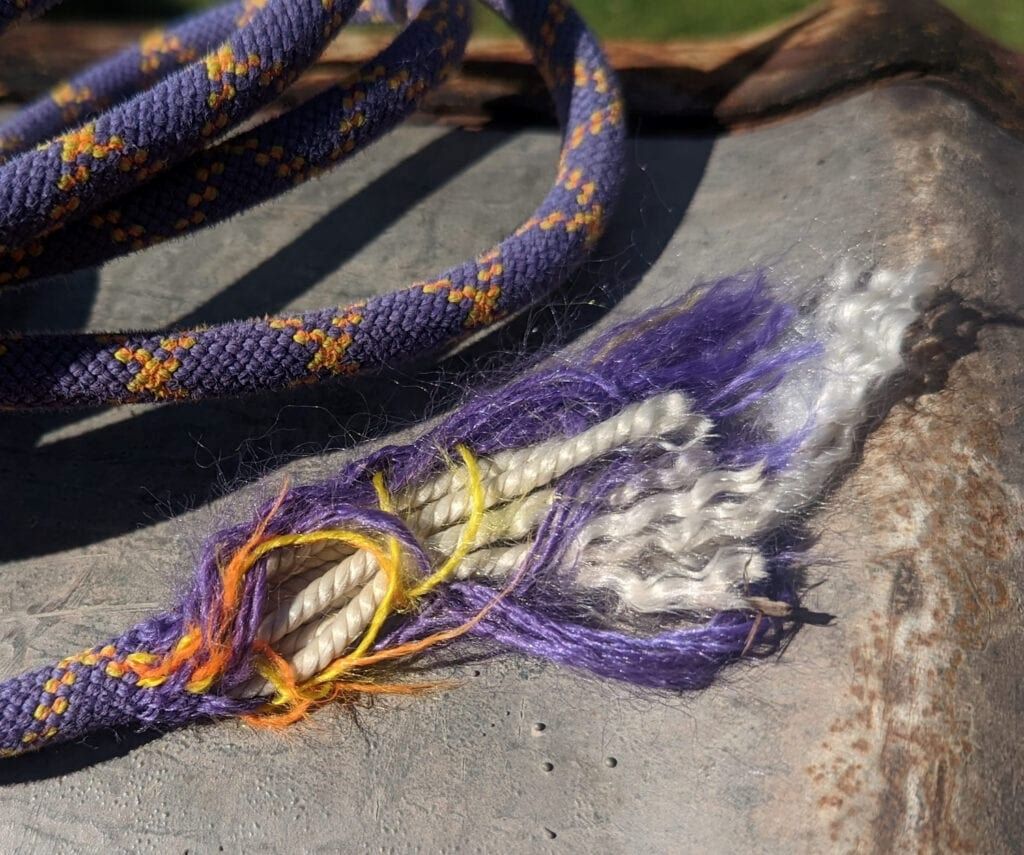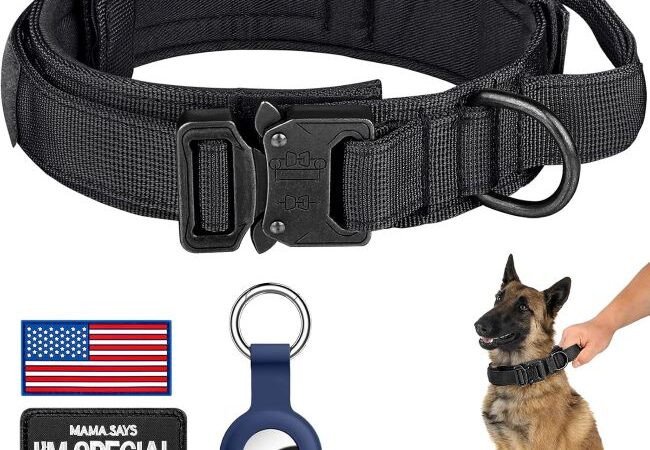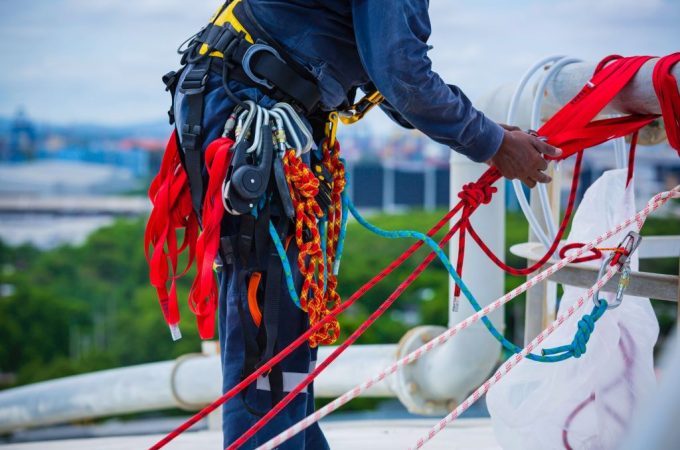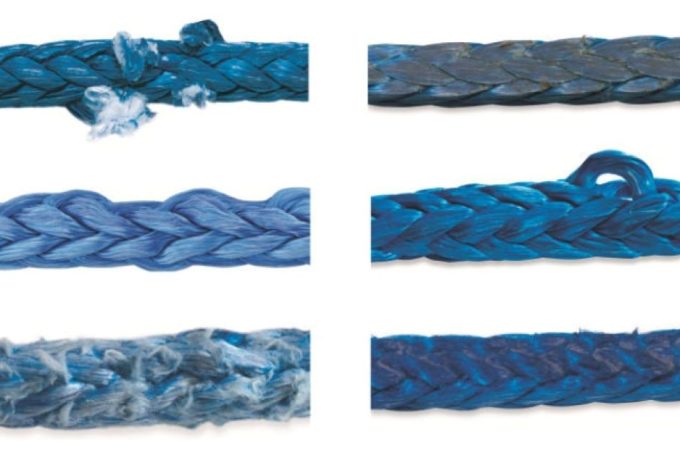
When Should You Retire a Rope? 7 Signs to Watch For
Ropes are the unsung heroes in climbing, rescue, arborist work, boating, and countless high-risk applications. They’re your literal lifeline—yet many underestimate the importance of knowing exactly when to retire a rope. Keep using a compromised rope, and you’re playing Russian roulette with your safety. So, how do you know it’s time to cut the cord?
Contents at a Glance
ToggleThis guide offers a no-fluff, deep-dive look at the 7 key signs your rope should be retired, backed by expert opinion, real-world stats, and logic rooted in years of industry experience.
-
Visible Damage or Fraying
This is the most obvious red flag. If your rope shows signs of serious abrasion, cuts, or frayed sheath fibers, it’s time to retire it—immediately.
According to Petzl, even small sheath damage can compromise up to 30% of the rope’s strength. A rope may appear superficially fine, but fraying on the outside often suggests deeper internal damage. If the sheath is worn through to the core or feels fuzzy in large sections, it’s no longer safe for critical use.
Pro tip: If a sharp edge has come into contact with your rope, don’t gamble. Replace it.
-
Core Exposure or Soft Spots
The rope’s core carries the bulk of the load—up to 80% of its strength. If it’s exposed or you feel soft, mushy spots while running your fingers down the length, danger’s lurking.
A study by the International Climbing and Mountaineering Federation (UIAA) found that ropes with compromised cores lost over 60% of their fall impact rating. That means one nasty fall could cause total failure.
Climbers often encounter this after a fall over a sharp edge or from a falling object. Don’t try to patch it. Retire it.
-
Stiffness or Brittleness
Has your rope gone from supple and dynamic to stiff and crusty? That’s a telltale sign of aging fibers, UV exposure, chemical contamination, or repeated wet-dry cycles.
As ropes age, they lose elasticity and flexibility. This doesn’t just make handling harder—it impacts safety. A stiff rope can’t absorb force effectively, which increases the load transferred to your body or anchors.
A brittle rope is often seen in older static lines or dynamic ropes stored poorly in garages or sunlit sheds. If it feels like rebar, retire it.
-
Discoloration or Chemical Contamination
Color fading isn’t just cosmetic—it can be a warning sign. Harsh UV rays degrade nylon fibers over time, reducing strength and elasticity.
Even more dangerous is chemical exposure. Acidic substances, gasoline, battery acid, and solvents can permanently weaken the rope. Sometimes, the damage isn’t visible—but it can lead to catastrophic failure under load.
Mammut advises disposing of any rope suspected of chemical contamination, no matter how new it appears.
-
Age and Usage History
No rope lasts forever—even if it looks fine. The lifespan of a rope depends on frequency and type of use:
- Daily use (professional climbing, rope access): 6 months to 1 year
- Weekend use (recreational climbers): 1 to 3 years
- Occasional use: Up to 5 years
- Unused but stored correctly: Retire after 10 years
According to Black Diamond, any rope over 10 years old should be retired, regardless of use. The fibers degrade over time, and the risk isn’t worth it.
Keep a rope log to track usage, falls, exposure to elements, and age. This simple habit can save lives.
-
Major Falls or Shock Loads
Dynamic ropes are rated for a limited number of major falls—typically around five. After each severe fall, the rope stretches and absorbs kinetic energy. Over time, this reduces its ability to handle impact.
A major fall is defined as a fall factor of 1 or higher. For example, falling 10 feet on 10 feet of rope equals a fall factor of 1. Beyond that, the stress on the rope spikes exponentially.
After a significant fall, inspect the entire length. If the rope feels uneven, lumpy, or has lost elasticity, retire it. Don’t take chances.
-
Unusual Feel or Uneven Diameter
A healthy rope should feel consistent from end to end. If you notice flat spots, inconsistent diameter, or irregular bumps, the core might be compromised.
Ropes with uneven thickness can snag more easily or fail unexpectedly. It also indicates inner damage from repeated loading, kinks, or manufacturer defects.
Before each use, flake the rope and run it through your fingers. If it feels odd, stop and inspect.
Featured Snippet: When Should You Retire a Rope? 7 Signs to Watch For
You should retire a rope if it shows any of the following signs: visible damage or fraying, core exposure, stiffness, discoloration, old age, major falls, or unusual diameter. Even if it looks usable, ropes degrade internally over time. A single, unnoticed flaw can lead to failure under load. Always inspect your rope before and after use. If in doubt, err on the side of caution. Replace it. Your life depends on it.
FAQs
- Can I still use a rope with minor sheath fuzziness?
Yes, but only for non-critical tasks. Retire it from climbing or life-safety use. - How do I store a rope to extend its life?
Store it in a cool, dry, dark place away from chemicals, sunlight, and moisture. - Is it safe to wash a climbing rope?
Yes, use cold water and rope-safe detergent. Never use bleach or hot water. - Can I cut and reuse undamaged sections of an old rope?
Yes, for low-stress tasks like hauling or practice, but never for lead climbing. - How many falls before retiring a dynamic rope?
Around 5 major falls, but always inspect after each one. - Should I retire a rope if it was left outside overnight?
Occasional exposure is fine. Prolonged UV or wet exposure can degrade it quickly. - What should I do with a retired rope?
Repurpose it for non-life-safety use like gear leashes, art projects, or garden ties.
Final Thought
Rope retirement isn’t about being overly cautious—it’s about being smart. When your safety hangs by a thread, there’s no room for doubt. The decision to retire a rope should come from logic, not luck. Trust your instincts, stay informed, and when in doubt, throw it out. Related Topics: Best Kernmantle Rope: Safe and Reliable Climbing Lines
Thousands of accidents happen each year from faulty or misused gear. Don’t let your rope be the weak link. Take five minutes to inspect it. Your life—and those who depend on you—are worth that time.

